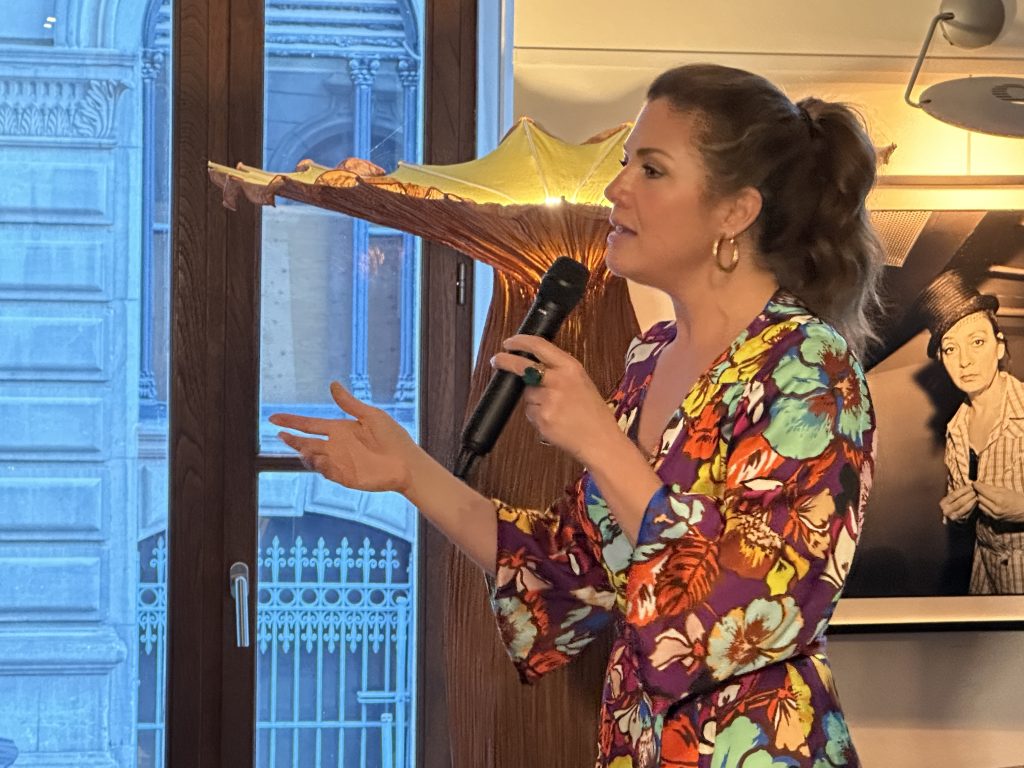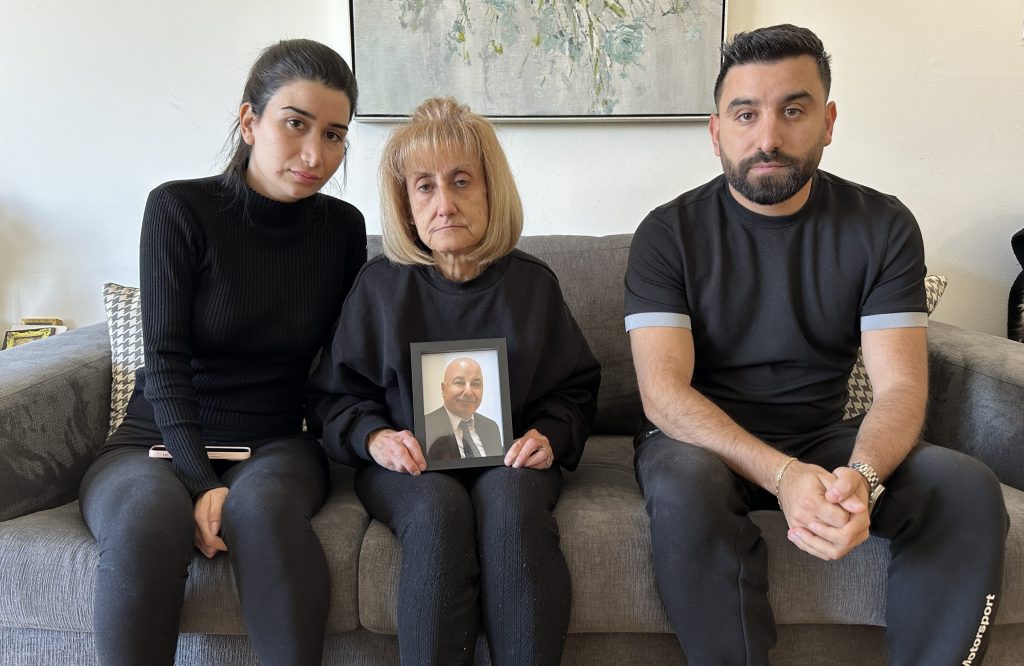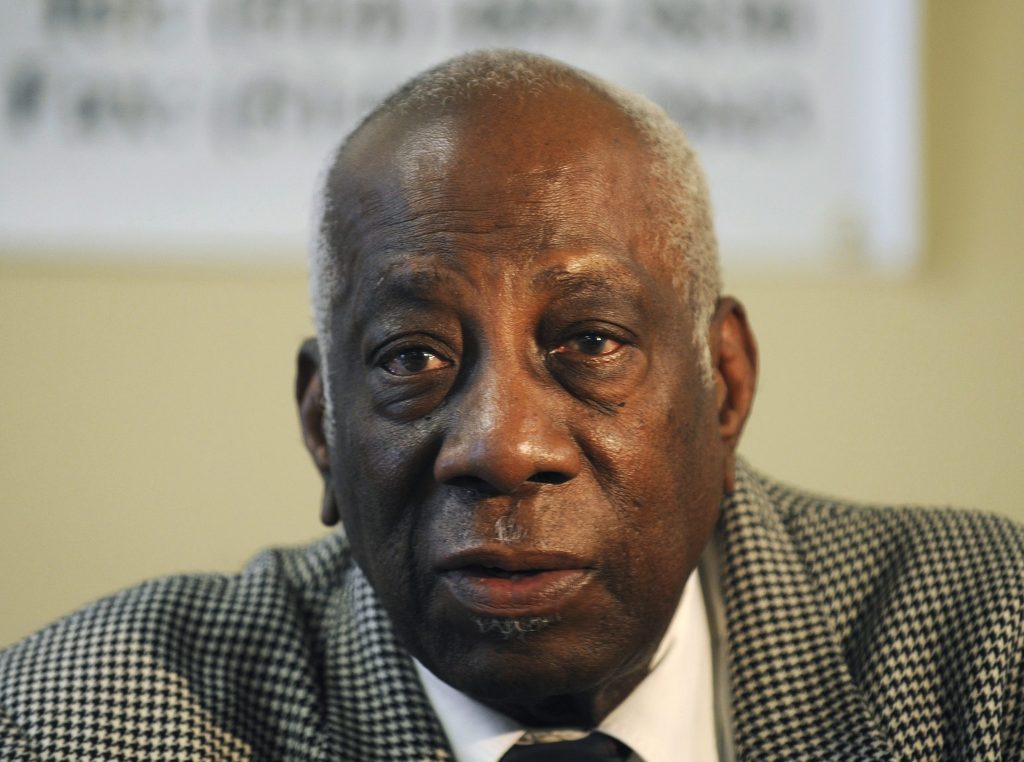COVID-19 contact tracing causing confusion

Posted September 23, 2020 8:46 am.
Last Updated September 23, 2020 10:52 am.
CALGARY (CityNews) – Different rules at the office, different rules for schools. Knowing if you’ll be impacted by COVID-19 contact tracing and the potential of self-isolating has some confused and subtle differences from city to city and province to province, may be contributing to the confusion.
“If you have been a close contact of a case, or a potential close contact of a case, you should know.”
Barry Pakes, an Associate Professor with the School of Public Health at the University of Toronto, said while rules differ for places like businesses and schools, the goal remains the same.
“We find a person who is COVID positive and we try to get in touch with anybody who they might have been in contact with.”
That all starts with defining what a contact is.
“We consider a contact as anyone who may have come in contact with that person’s droplets,” said Pakes. “Certainly that would be household members and people they work with.”
Some regions in Canada have policies that trust protocols are being followed in certain environments, like schools and business, while others don’t, which can make tracing more challenging.
Pakes said this is likely because many people are reluctant to share details of the people they’ve been in contact with.
If you think you might be able to get around those protocols, remember, most companies and schools have robust security systems that can see you, and in some cases, digitally track you.
“It is critically important that the public health authorities, the people investigating, can do their job if people are being honest and truthful and it’s in everybody’s interest to do so,” said Pakes.
Once a contact is confirmed, you should be prepared to self-isolate while you wait for test results, which is another source of confusion.
Pakes said that’s because of the term self-isolation, which means you should isolate on your own and not with others.
There are exceptions, if someone else has had the same exposure and families who live in the same house.
“If you are a contact or you’re exposed to someone in a school class or in your workplace the rules are pretty similar,” said Pakes. “The principles are pretty similar, then you should self isolate until you get that test back”
In practice that may be difficult, but it usually only means two or three days, sometimes less.



